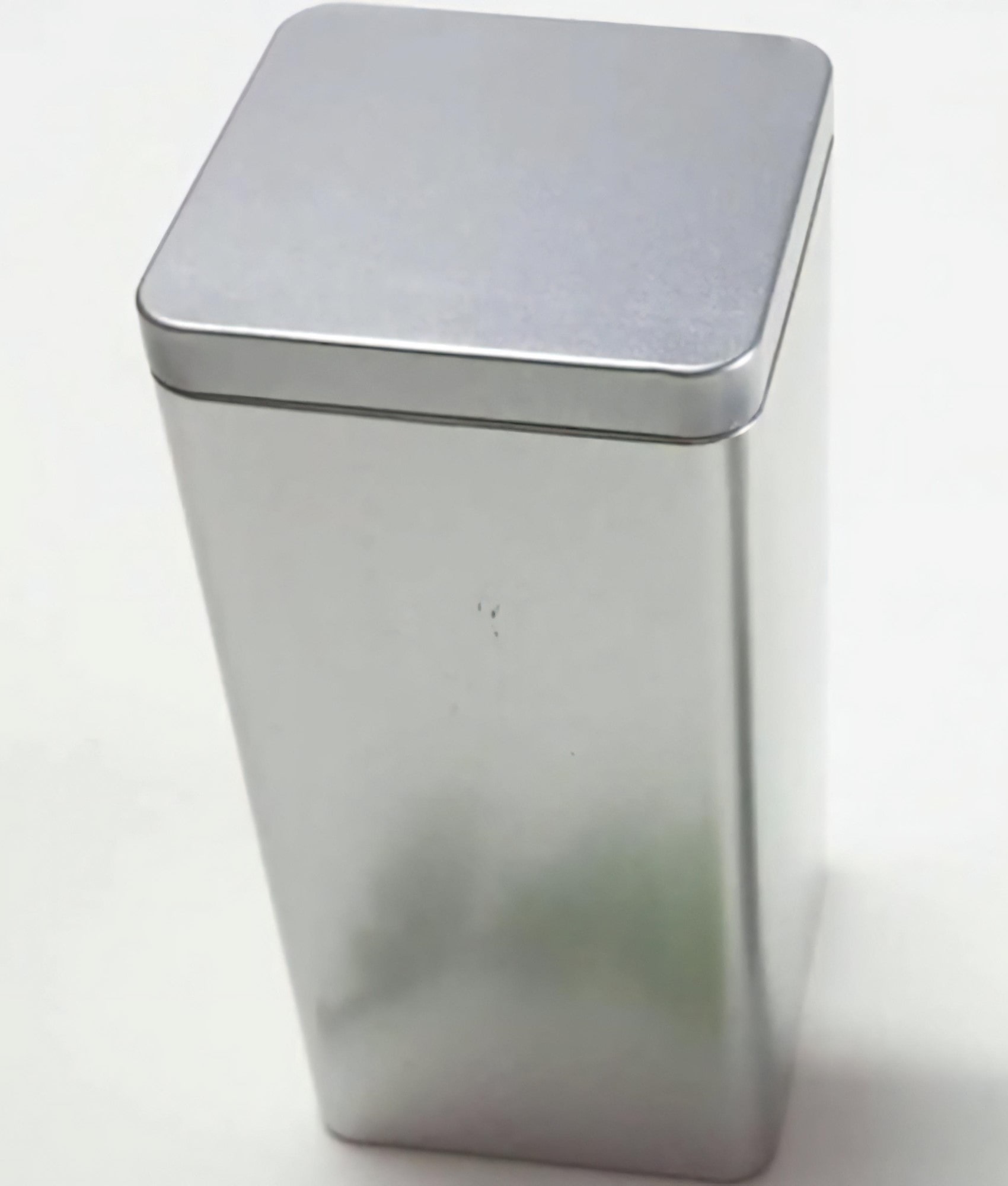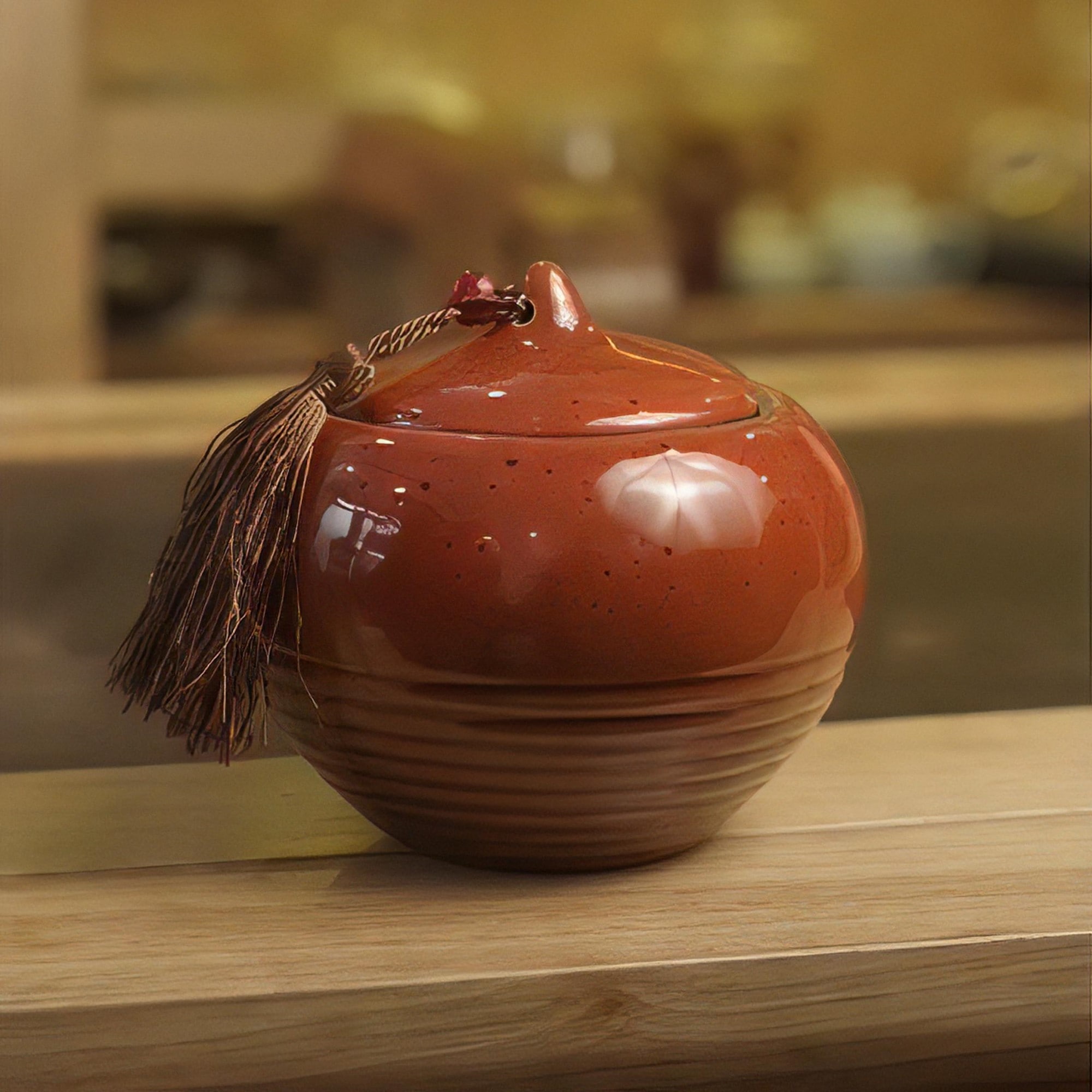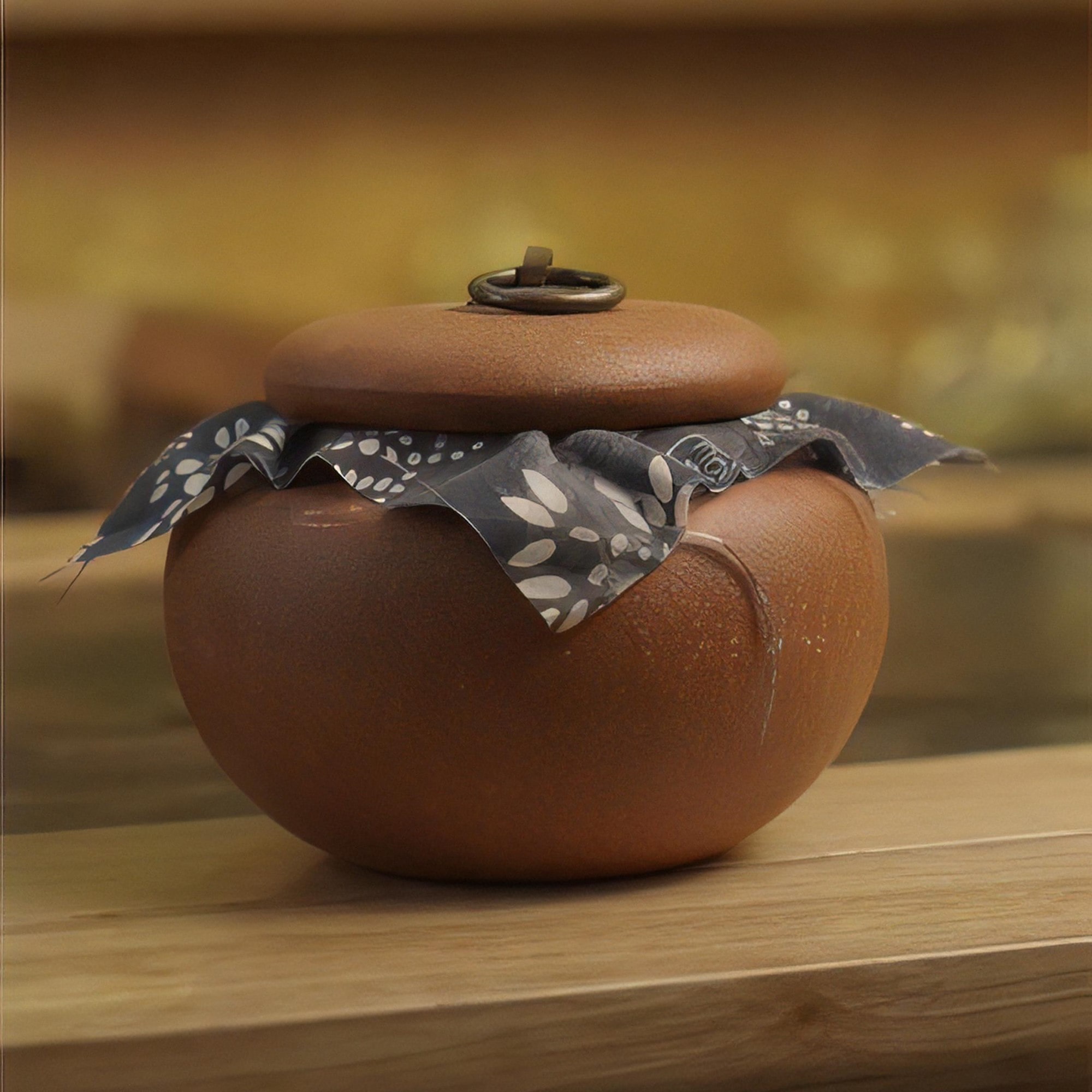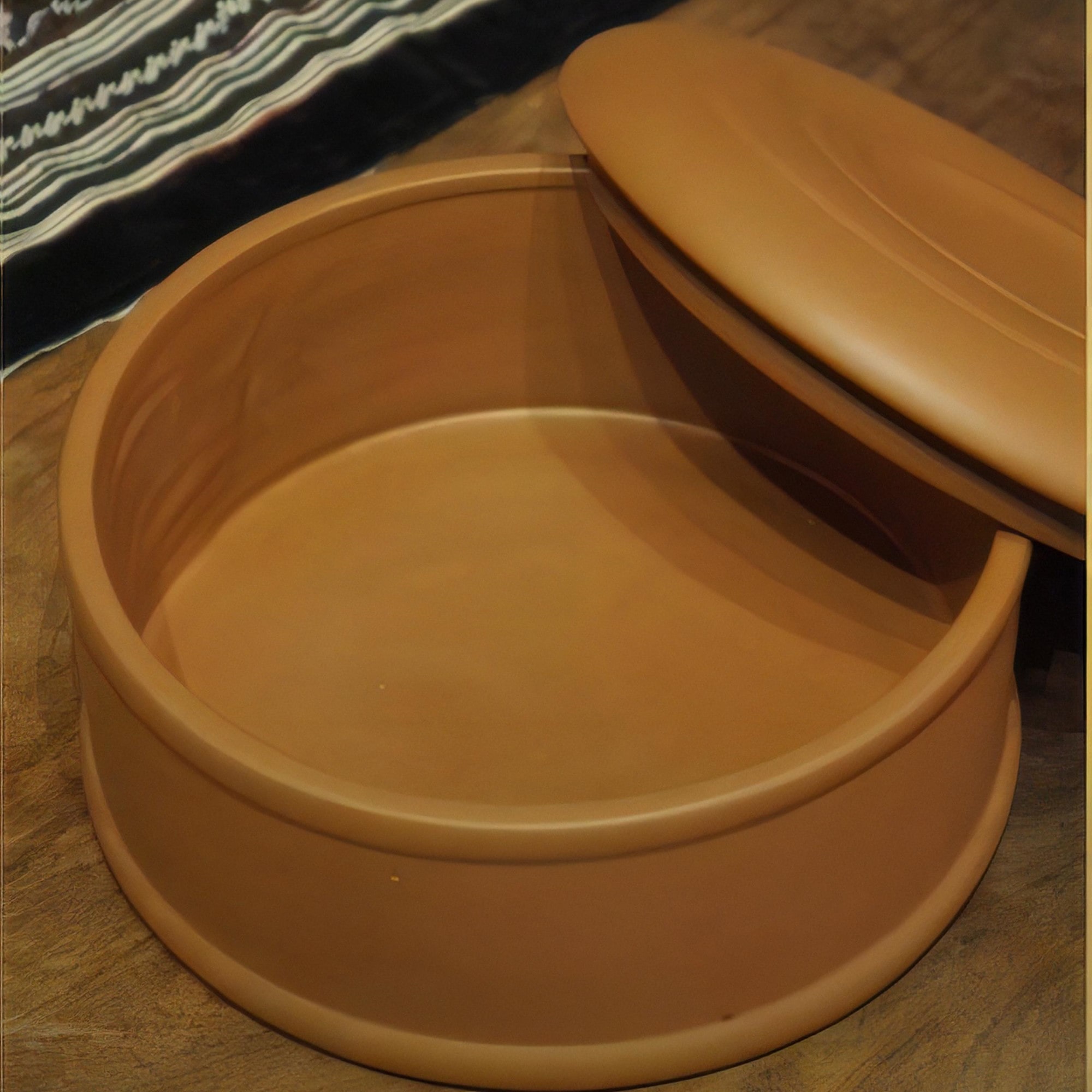Tea storage is far more than simply placing your precious leaves in any available container. It’s an art that directly impacts the quality, flavor, and longevity of your tea collection. Whether you’re a casual tea drinker or a serious enthusiast, understanding proper storage techniques can mean the difference between enjoying exceptional tea experiences and watching your investment deteriorate over time.
The journey of preserving tea quality begins the moment you bring your tea home. Understanding the origin, processing methods, and characteristics of each tea type forms the foundation of effective storage. When you know whether your tea is fermented or non-fermented, which region it comes from, and how it was processed, you can make informed decisions about storage methods that will maintain its distinctive qualities.
The Five Golden Rules of Tea Storage
Proper tea storage revolves around five fundamental principles that serve as your guide regardless of the tea type you’re preserving. These principles have been developed through centuries of tea culture and remain as relevant today as they were generations ago.
The first and most crucial rule centers on environmental conditions. Your tea should always be stored in cool, airy conditions that remain consistently dry. Direct sunlight is the enemy of tea quality, as UV rays can break down the delicate compounds that give tea its flavor and aroma. Similarly, high humidity creates an environment where mold and unwanted fermentation can occur, destroying your tea’s integrity.

The second principle involves choosing the right storage containers. The vessels you use to store your tea play a critical role in preservation. Sealed tins with inner protective linings offer excellent protection for most teas. Dark-colored jars that prevent light penetration are ideal for long-term storage, while glass containers work well for short-term use or when you plan to consume the tea within one to three months. These transparent containers also serve beautifully for product display, allowing you to showcase your tea collection while maintaining quality for brief periods.
Your third consideration should be the surrounding environment where you store your tea. Keep your tea collection away from areas with strong odors, such as kitchens, spice cabinets, or refrigerators containing aromatic foods. Tea leaves are incredibly absorbent and will readily take on nearby scents, potentially ruining their natural flavor profile. This absorption quality, while sometimes used intentionally in scented teas, becomes problematic when unwanted odors infiltrate your collection.
The fourth rule emphasizes organization and tracking. Arrange your tea collection logically, noting the tea type, region of origin, and production details. Record when each tea was produced, which harvest season it represents, and when it was packaged. This information helps you track each tea’s lifecycle and ensures you consume teas at their optimal periods. Proper labeling and organization also prevent the disappointment of discovering a beloved tea has passed its prime while you were saving it for a special occasion.
Finally, practice moderation in both purchasing and daily use. Buy quantities appropriate to your consumption rate—typically one to two months’ supply works well for most tea drinkers. This approach prevents waste and ensures freshness. When you do have larger quantities, take out only small portions sufficient for one to three days of brewing, keeping the remainder properly sealed. This method minimizes exposure to air and environmental factors that can degrade quality over time.
Understanding Fermented vs. Non-Fermented Teas
Tea storage requirements vary significantly depending on whether your tea is fermented or non-fermented. This fundamental distinction affects not only how you store your tea but also how it ages and develops over time.
Non-fermented teas, such as green teas, require the most careful attention to storage conditions. These teas maintain their character through the preservation of fresh, bright flavors and vibrant colors that can easily deteriorate when improperly stored. In addition to following the general storage principles, non-fermented teas benefit from vacuum sealing and refrigeration. Store these teas in the cool compartment of your refrigerator to extend their lifespan and maintain their distinctive characteristics.
The lifecycle of non-fermented teas is generally shorter than their fermented counterparts. While properly stored green tea can remain usable for up to a year, the optimal drinking period falls within three to six months when the tea exhibits its most vibrant flavors, aromas, and colors. Some high-quality non-fermented teas may maintain their excellence for up to twelve months under ideal conditions, but earlier consumption typically yields the best experience.

Semi-fermented teas, such as oolong varieties with partial oxidation, occupy a middle ground in storage requirements. These teas can follow storage methods similar to green teas, with the added flexibility of slightly longer optimal consumption periods. The partial fermentation process creates more stable compounds that resist degradation, allowing for consumption within six to twelve months, depending on the specific tea’s quality and processing method.
Fermented teas present an entirely different storage philosophy. Unlike their non-fermented cousins, these teas don’t require refrigeration and actually benefit from aging when stored properly. The fermentation process creates complex compounds that continue developing over time, resulting in deeper, more nuanced flavors as the tea ages.

Black tea exemplifies this aging potential beautifully. Rather than consuming black tea immediately, allow it time to develop its full character. The optimal drinking period for black tea begins around six months after production, with the tea reaching exceptional quality after one year of proper storage. This aging process rewards patience with increasingly sophisticated flavor profiles.
Pu-erh tea represents the extreme end of beneficial aging among fermented teas. While pu-erh becomes drinkable after four to six years of aging, the most remarkable experiences come after ten years or more of proper storage. The transformation that occurs during this extended aging period creates entirely new flavor dimensions that simply cannot be achieved through any other means.

Special Storage Considerations for Unique Tea Types
Certain tea varieties require specialized storage approaches that go beyond the standard guidelines. Understanding these unique requirements ensures optimal preservation of some of the most interesting and valuable teas in your collection.
White tea deserves special attention due to its remarkable aging potential. High-quality white tea stored under proper conditions becomes increasingly valuable and flavorful over time. However, this aging benefit only applies to white teas processed according to strict standards. Substandard white tea will develop mold and deterioration during extended storage, making initial quality assessment crucial before committing to long-term aging.
Compressed tea cakes, common in pu-erh and other aged teas, require specific humidity management. Place dry tea leaves beneath your stored tea cakes to absorb excess moisture and prevent mold development. Traditional storage methods involve wrapping these teas in rice straw or similar natural materials that provide protection while allowing necessary air circulation. This approach maintains the delicate balance between preventing excessive dryness and avoiding dangerous moisture accumulation.
For fermented tea storage containers, choose vessels that enhance rather than merely preserve the tea’s characteristics. Ceramic or clay containers work exceptionally well for aged teas, as these materials allow subtle air exchange that supports continued development while protecting against contamination. Unlike green tea storage, fermented teas don’t require completely airtight sealing—in fact, some air circulation actually benefits the aging process.
Purple bud tea represents one of the rarest and most medicinally valuable teas available. This exceptional tea, processed using green tea methods despite its unique purple coloration, requires storage similar to other green teas. The tea maintains its distinctive characteristics for approximately one year when properly stored, with optimal flavor occurring within three to six months. Despite following green tea processing methods, purple bud tea produces a slightly reddish brew color rather than the clear green typical of other non-fermented teas.
The rarity and medicinal properties attributed to purple bud tea make proper storage even more critical. Store this valuable tea in sealed ceramic or glass containers, protecting it from light exposure and temperature fluctuations. Given its precious nature and limited availability, careful attention to storage conditions ensures you can fully appreciate its unique qualities and potential health benefits.
Storage of compressed teas also benefits from elevation and air circulation. Store tea cakes on raised platforms or shelving that allows air movement around all surfaces. This approach prevents moisture accumulation that could lead to mold development while maintaining the stability needed for proper aging.
Lotus tea, another treasured variety in Vietnamese tea culture, follows similar storage principles to other scented and flavored teas. The delicate lotus essence that gives this tea its distinctive character can be particularly sensitive to environmental factors, making proper storage crucial for maintaining its ethereal floral notes. Like other non-fermented teas, lotus tea benefits from cool, dry storage away from competing aromas that might mask or interfere with its subtle lotus fragrance.
Practical Storage Implementation
Implementing these storage principles requires attention to both the physical setup of your tea storage area and the daily practices that maintain tea quality over time. Success depends on creating systems that are both effective and sustainable for your lifestyle and tea consumption patterns.
Select a dedicated storage area that remains consistently cool and dry, away from kitchen heat sources, direct sunlight, and areas prone to temperature fluctuations. A pantry, closet, or dedicated tea cabinet often provides ideal conditions. Ensure this area has stable temperature and humidity levels, as fluctuations can be more damaging than consistently moderate conditions.
Invest in appropriate storage containers for each tea type in your collection. Airtight tins with inner seals work well for most teas, while ceramic containers serve aged teas beautifully. Glass containers offer versatility for short-term storage and display purposes. Having a variety of container sizes allows you to portion larger tea quantities appropriately, keeping small amounts accessible while protecting bulk storage.
Develop a rotation system that ensures older teas are consumed before newer purchases. Label containers with purchase dates and optimal consumption periods to guide your daily tea selections. This system prevents waste while ensuring you experience each tea at its peak quality.
Create a tea journal or simple tracking system to record your observations about how different teas develop over time under your storage conditions. This information becomes invaluable for refining your storage techniques and making informed purchasing decisions in the future.
Consider the unique requirements of your specific tea collection when designing storage solutions. A collection heavy in green teas might benefit from dedicated refrigerator space, while extensive aged tea collections require different environmental considerations. Tailor your storage approach to match your tea preferences and consumption patterns.
Proper tea storage represents a significant factor in maximizing both the enjoyment and value of your tea investment. Quality tea deserves quality care, and the techniques outlined here ensure that every cup you brew reflects the full potential of the leaves you’ve carefully selected.
The time and effort invested in proper storage pays dividends in every brewing session. Well-stored tea maintains its intended flavor profile, provides consistent brewing results, and offers the full range of experiences the tea maker intended. Whether you’re enjoying a delicate green tea or a complex aged pu-erh, proper storage ensures that each cup represents the tea at its finest.
Understanding these storage principles also enhances your ability to build and maintain a diverse tea collection. When you know that different teas have different aging potentials and storage requirements, you can make informed decisions about which teas to purchase in larger quantities and which to buy as needed. This knowledge prevents both waste and the disappointment of teas that have deteriorated before you could fully appreciate them. If you’re building a comprehensive tea collection, understanding how to distinguish between the major tea categories—white tea, green tea, yellow tea, oolong, black tea, and pu-erh—becomes essential for applying the right storage techniques to each variety.
The journey of tea appreciation extends far beyond the brewing and tasting experience. Proper storage connects you more deeply with your tea collection, creating awareness of how these remarkable leaves change and develop over time. This understanding enhances every aspect of tea enjoyment, from selection and purchase through the final, satisfying cup.
By implementing these storage practices consistently, you join a tradition that spans centuries and cultures, all united by the shared goal of preserving and celebrating the remarkable complexity and beauty of tea. Your attention to proper storage ensures that this tradition continues, cup by perfectly preserved cup, for as long as you choose to explore the endless world of tea.
